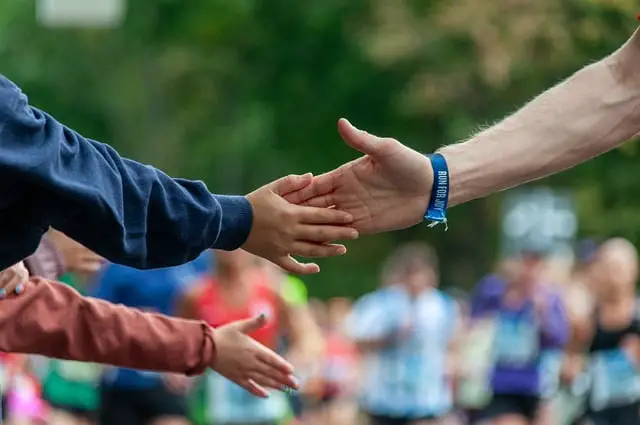Running is a great cardiovascular exercise that engages multiple muscle groups and can significantly improve physical fitness. However, it is not uncommon for runners to experience hip pain, which can range from a dull ache to a sharp, intense twinge. This article provides an in-depth look at why hip pain often occurs post-running and proposes approaches to prevent and alleviate discomfort.
Why Does Hip Pain Occur After Running?
There are several potential reasons why you might experience hip pain after running, usually associated with overuse or injury.
Overuse
One of the most common causes of hip pain is overuse. Runners often push their bodies hard, which can lead to overworked muscles, tendons, and ligaments. Over time, this can result in inflammation and pain around the hip joint.
Injury
Running injuries, such as hip flexor tendinitis, hip labral tear, or iliotibial band syndrome (IT band syndrome), can occur when a runner increases their running volume or intensity too quickly, or if their running technique is incorrect. These conditions can cause severe hip pain and often require rest and rehabilitation to heal.
What Are the Symptoms of Hip Pain After Running?
The symptoms of hip pain after running can vary in intensity and type. Usually, it includes a persistent ache in the hip joint, which may become aggravated when running, walking, or climbing stairs. There may also be swelling, stiffness, or a cracking sound in the hip joint. If you’re experiencing these symptoms, it’s important to listen to your body and rest to avoid worsening the condition.
How to Prevent Hip Pain After Running?
Prevention is better than cure, especially when it comes to running-related hip pain. Here’s how you could prevent this common issue.
Proper Training
Start by formulating a balanced running program that includes adequate rest periods. Gradually increase your running distances or speed, allowing your body enough time to adapt to the new levels of physical stress.
Strength and Flexibility Exercises
Incorporating strength and flexibility exercises into your routine can help support the muscles around the hip joint and increase the range of motion. Activities such as yoga and Pilates can be particularly beneficial for hip flexibility.
Proper Running Form
Maintaining a correct running form is also crucial to prevent hip pain and potential injury. This involves running with your body upright, your head facing forward, and your arms and legs moving in sync.
How to Alleviate Hip Pain After Running?
If you’re already dealing with hip pain, here are some soothing strategies.
Apply Ice
Ice application can help reduce inflammation. Apply an ice pack to the sore area for 15-20 minutes at a time, several times a day.
Physical Therapy
Physical therapy exercises, guided by a trained therapist, can restore joint mobility and strengthen the surrounding muscles, which can help alleviate pain and prevent future injuries.
Medications
Nonsteroidal anti-inflammatory drugs (NSAIDs), like ibuprofen, can help reduce pain and inflammation. It’s recommended to use these only as a short-term solution and consult a healthcare provider for long-term pain.
In conclusion, while hip pain after running is common, it’s manageable and often preventable. Runners should maintain a reasonable training schedule, ensure proper running form, and incorporate strength and flexibility exercises into their routines. Additionally, recognizing the symptoms of hip pain and addressing them promptly can help you continue running pain-free.




